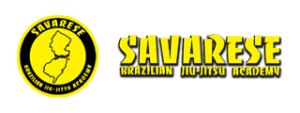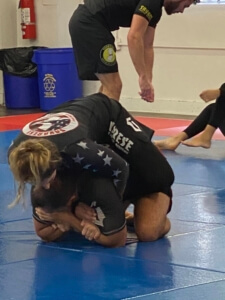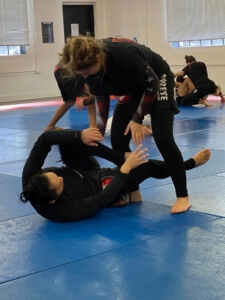Plotting your next move in BJJ
Plotting your next move in BJJ
Plotting your next move in BJJ in a great habit to get into. There are times in Jiu-Jitsu where you have to move quickly and keep moving. There simply isn’t time to think and you have to trust in the habits you gained through training in the Academy to prevail. Fortunately there are just as many times where you DO have time to stop, think and plot your next move among competing options. Unfortunately, we all have a tendency to ignore the different nature of these two situations and we often just unthinkingly charge ahead to the next move when we actually had plenty of time to think and plot. Here at Savarese BJJ Academy (www.bjjlyndhurst.com) we teach our students to make sure you use time constructively if time is available. That often means the difference between moving for the sake of moving versus moving with a purpose. There are many situations in Jiu-Jitsu where you exert sufficient control where you can take some time to figure out the next move. Here, our student Cait uses the control afforded by a tight back head and arm (seatbelt) grip to plot how she will get hooks in and finish or gain a better position.


